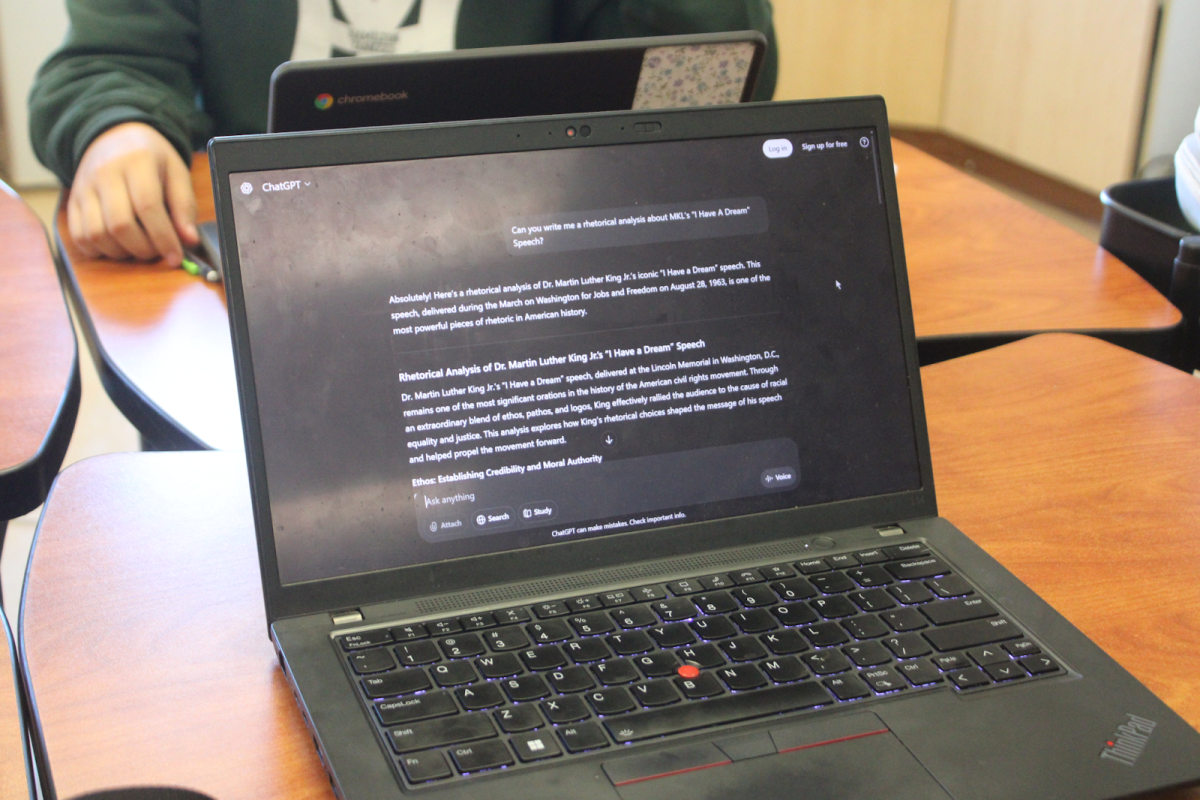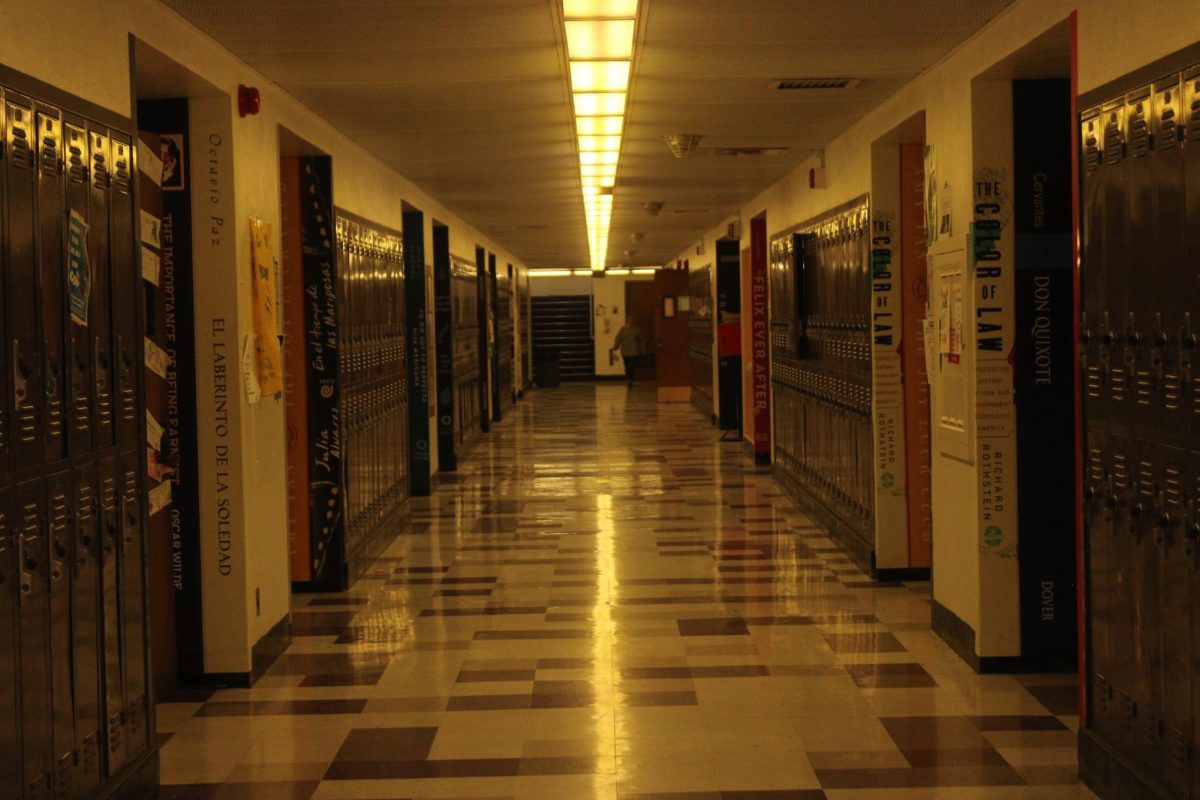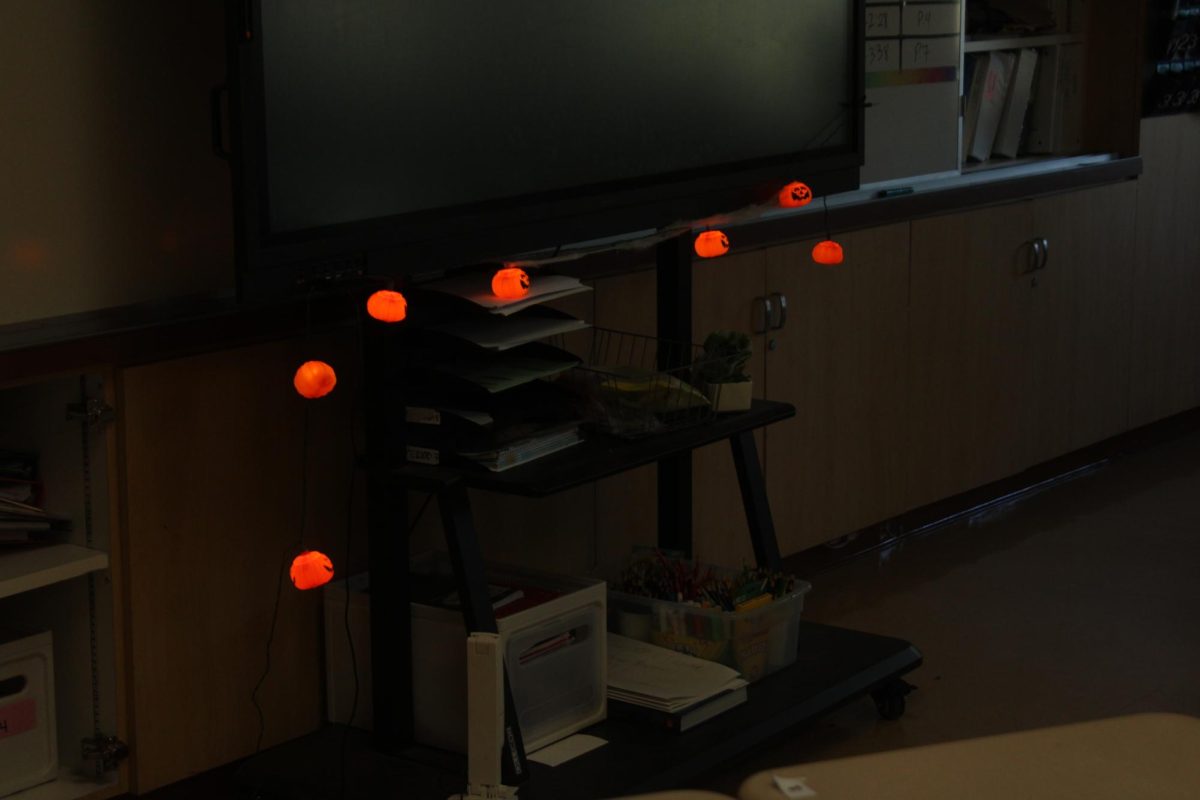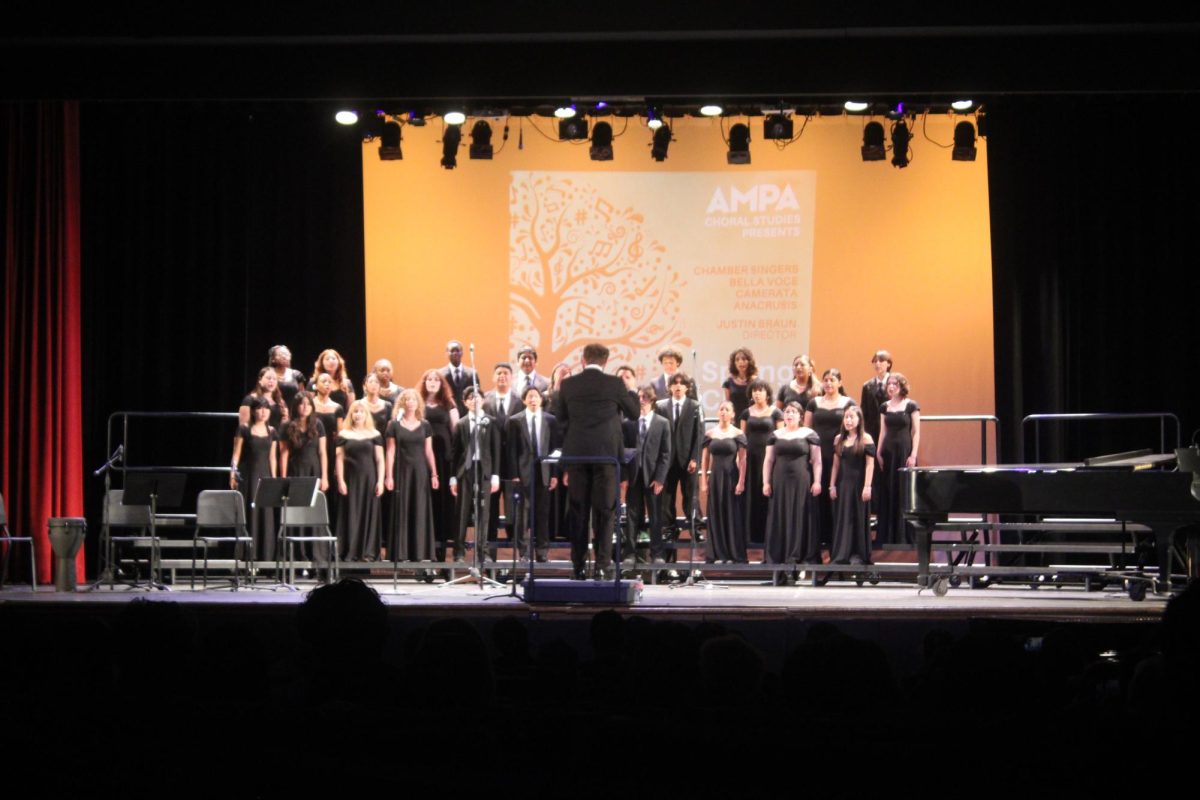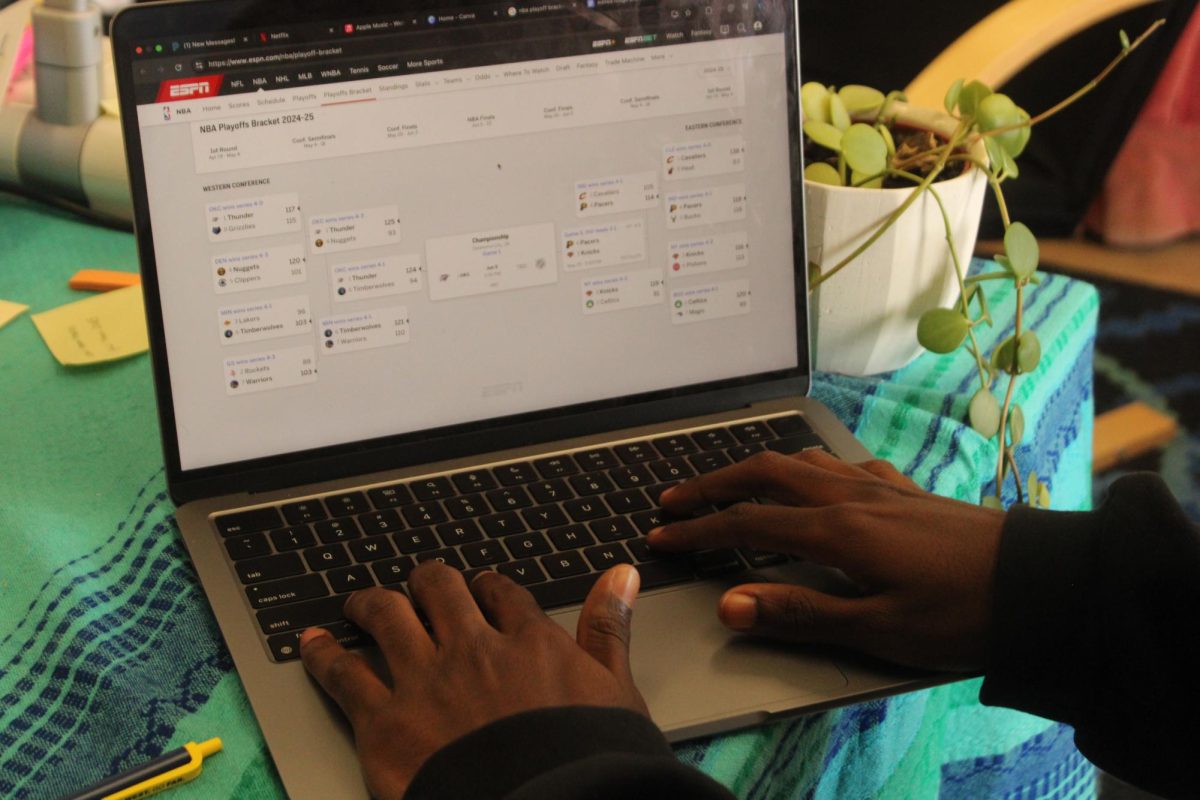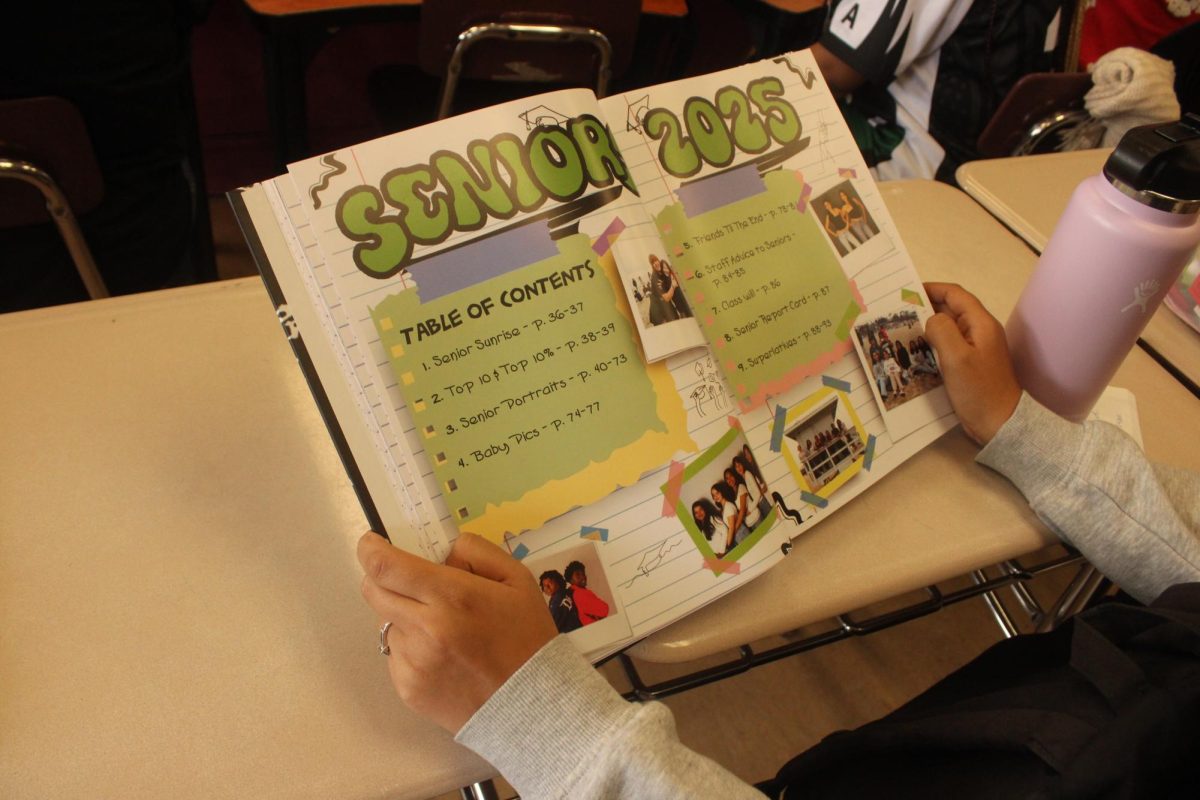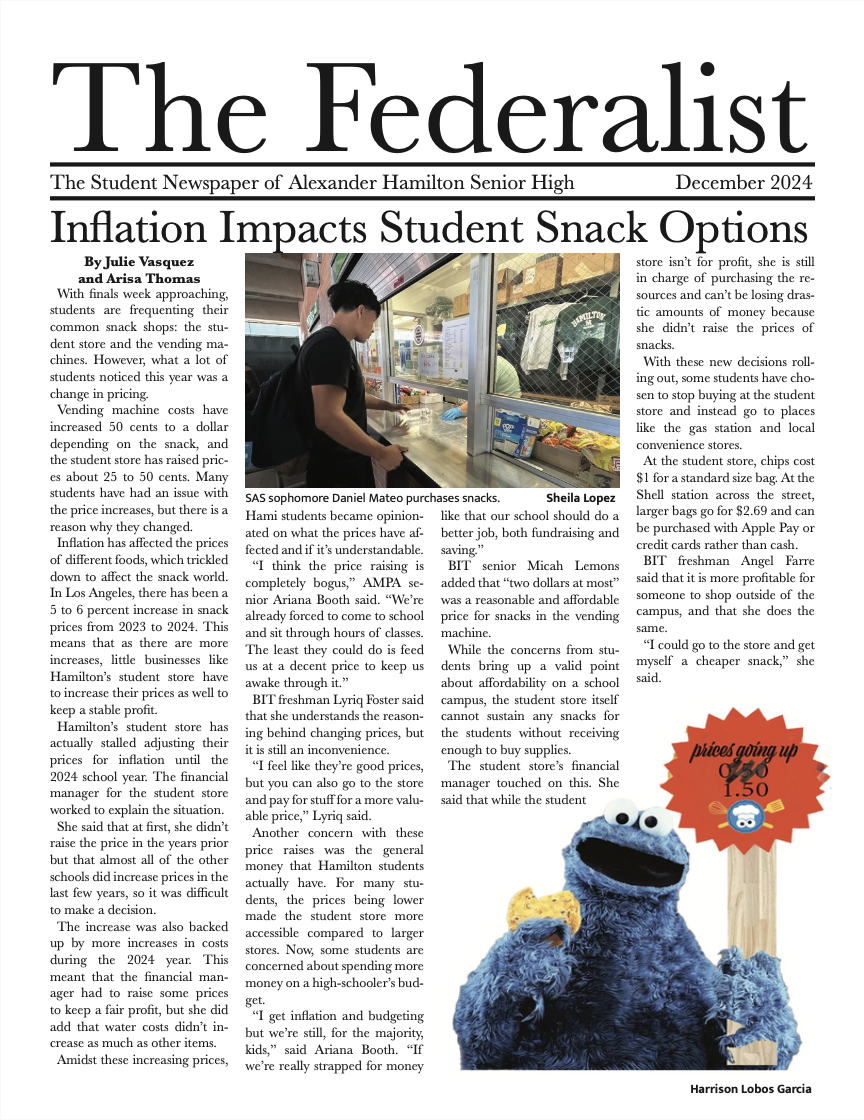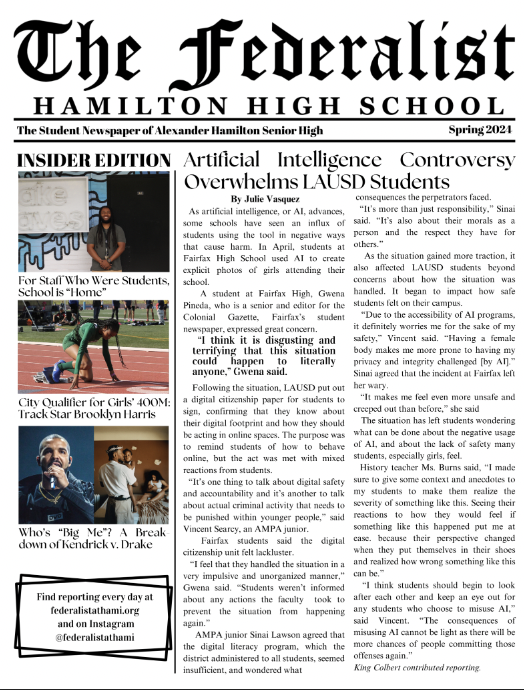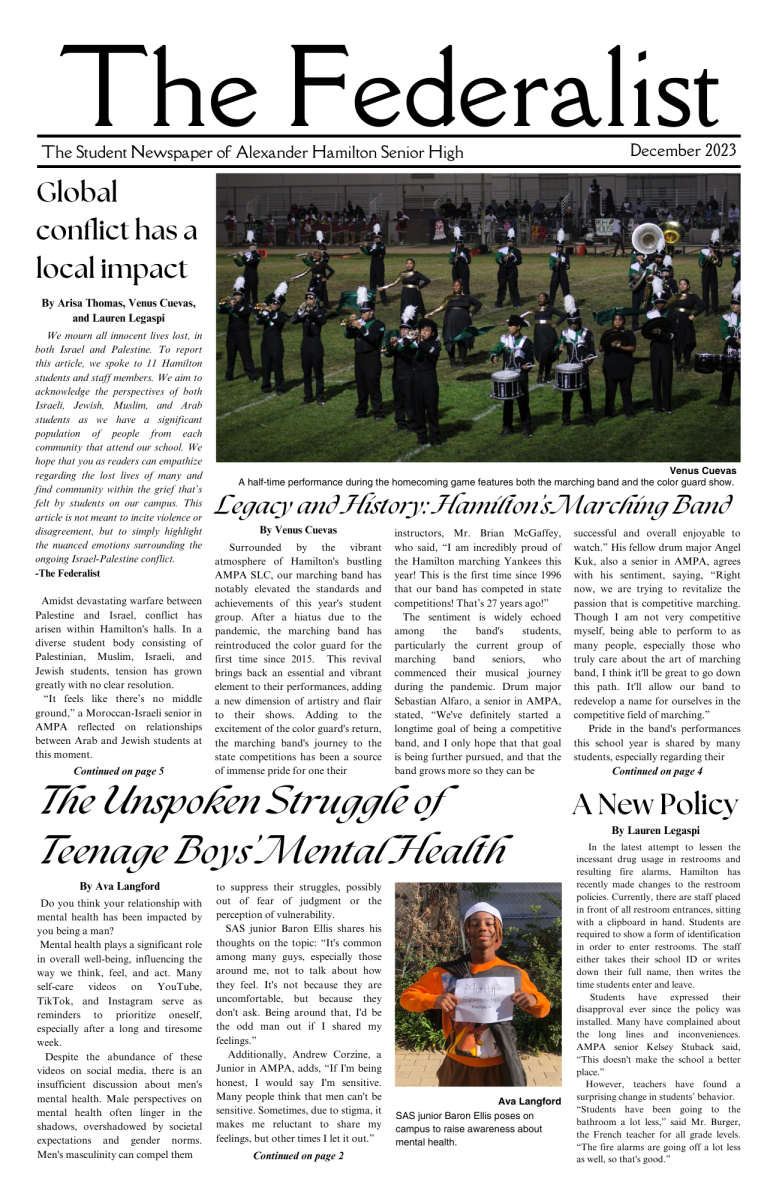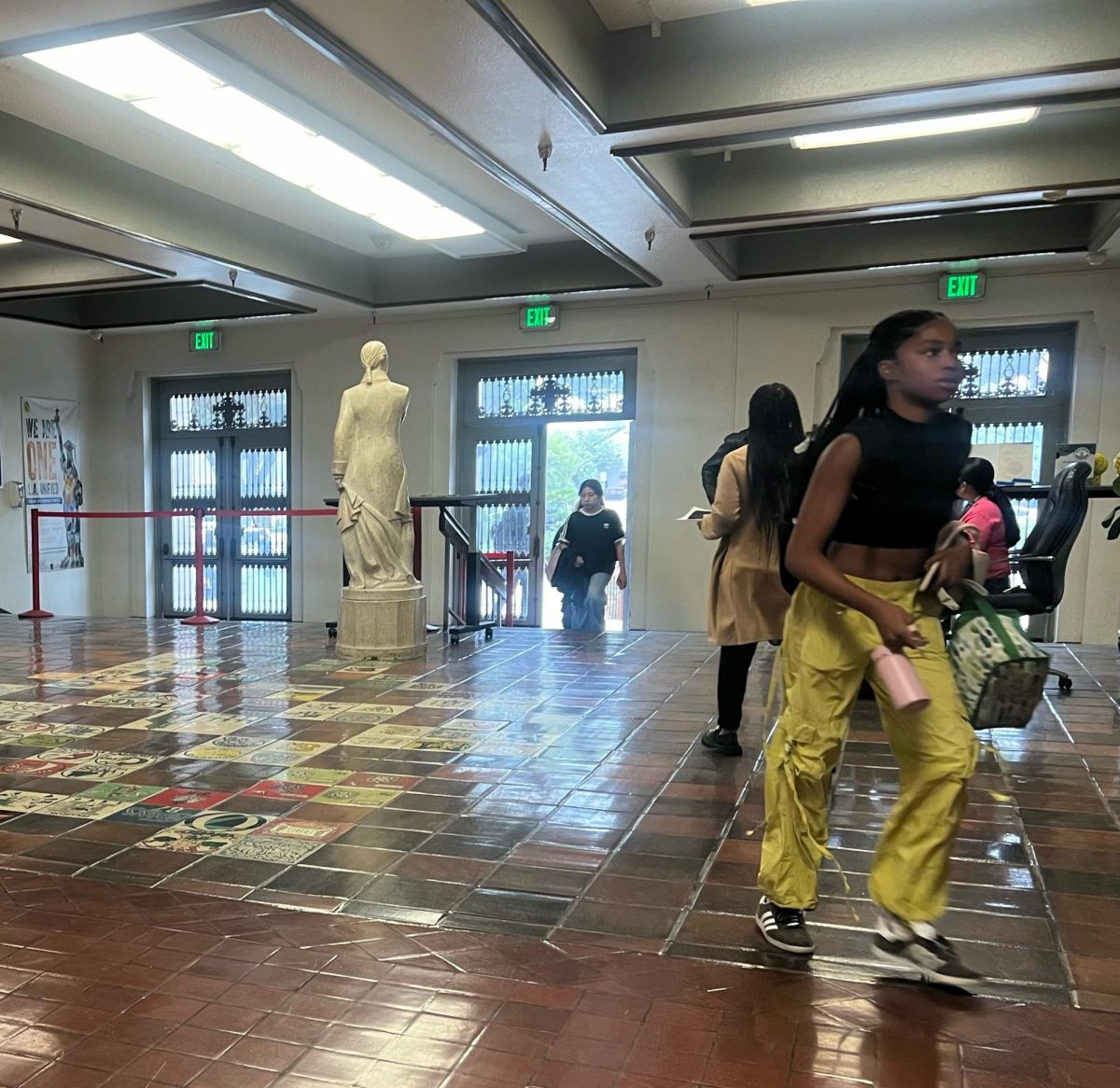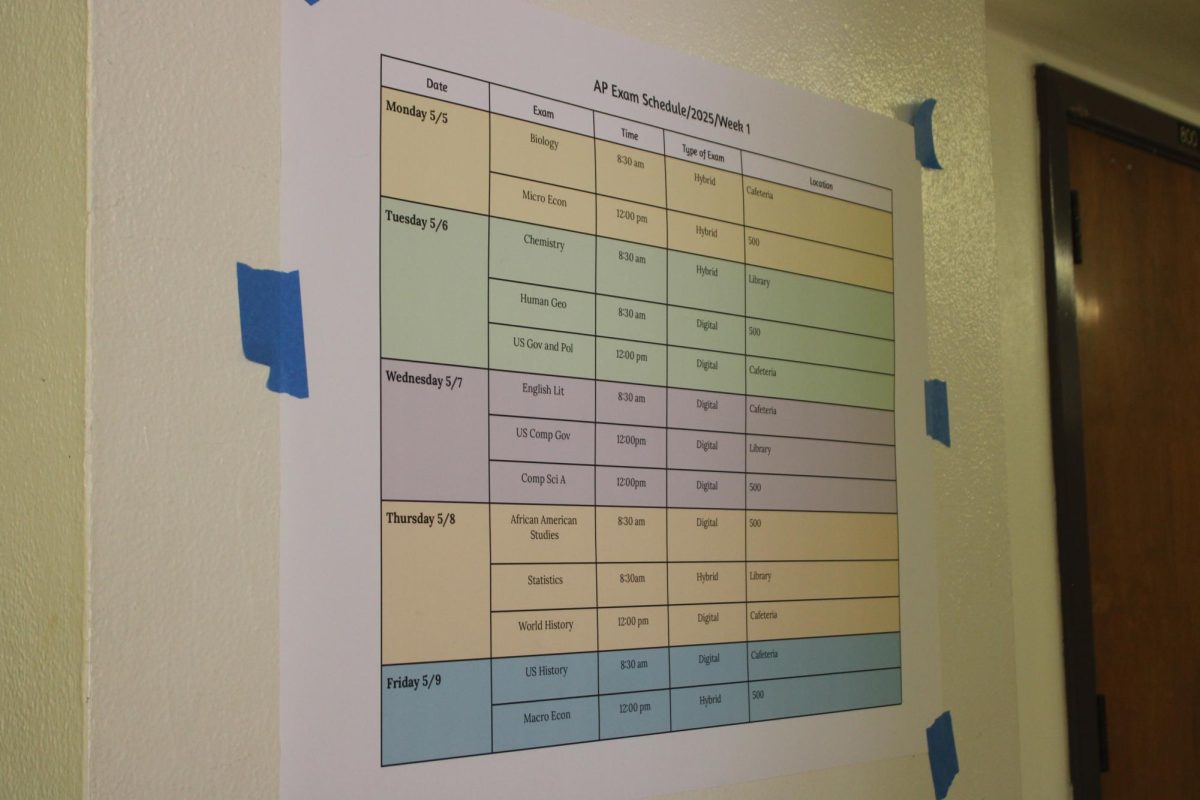Recently, the school made a decision to alter their system for students who are tardy. After a certain time, students who show up to the Brown Hall entrance are met with a line. Lines can go all the way out to the front of the stairs outside Brown Hall.
The school now has tardy students line up with their student ID to present at the front. It is scanned and then the school documents the tardy on the student’s record.
Mr. Ace, who handles the student attendance, said that it was a necessary rule for not only attendance purposes, but student safety.
“What was happening on other school sites was that the kids coming late would blend in with kids that didn’t belong to those actual schools,” he said. “So we’re trying to be more proactive with that.”
This implementation has upset some students, who say they think that it is a much bigger hassle to wait outside rather than just going to class and having the tardiness marked by the teacher.
Lyric Melancon, a senior in AMPA, said that the process and the actual scanning hinders the speed at which she gets to class.
“I got here at 8:40 once because I missed the bus,” she said. “I didn’t get to class until around 8:50 because of [the new ID scan].”
With or without the new policy, teachers report that tardies make it challenging to conduct class.
“I have to revisit everything that was just mentioned for those [tardy] students,” said Mr. Macias, a BIT English teacher. “If I don’t catch them up then they decide to not do any work at all.”
Mr. Macias said that, in his class, not only does it affect work habits, but it affects his lessons personally.
“As you’re giving the lesson, you’re in a rhythm,” said Mr. Macias. “You’re making stuff happen and getting the students ready and then when they knock on the door it’s just a huge problem.”
While some teachers bemoan tardies, some students actually claim that even arriving late, they are still able to do their work and learn from class lectures.
Sarah Renteria, a senior in CAA, said that for her, it isn’t a challenge to manage being taught and catching up with work while also coming in late.
“I can still do my work,” she said. “I’m able to get there a bit late and complete everything on time despite [that].”
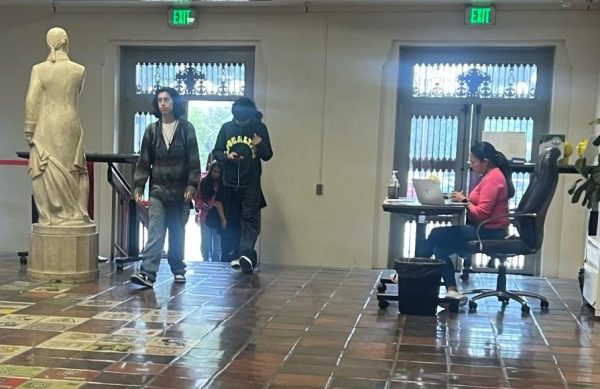
Some students also said that this new focus on tardies is a hassle because their tardiness may not always be their fault. Sometimes, it is the fault of traffic in LA.
Students who commute to school using the provided school buses are sometimes late because of bus routes and how drivers have to manage traffic.
Kelsey Pineda, a freshman in CAA, says that she believes that transportation provided by the district does play a factor in how late she is for school.
“Sometimes I have to take the bus, and it doesn’t arrive early at times,” she said. “[It] makes me late.”
Lyric, the student who found herself waiting for ten extra minutes in line, said she understands the implementation but disagree with how it plays out. She said that it makes the process more tedious and that she ends up being even later to class because of waiting in line to document the tardy.
“You’re making us more tardy by having us wait in that long line,” said Lyric.
Mr. Ace said that while it may take a few extra minutes, the tardy sign-in process is intended to help Hami students in the long run and reduce tardies overall.
“[The rule] helps track how many kids are coming to school late so we can then put other programs into place to assist them in making better choices,” Mr. Ace said.
Julie Vasquez contributed reporting to this article.
